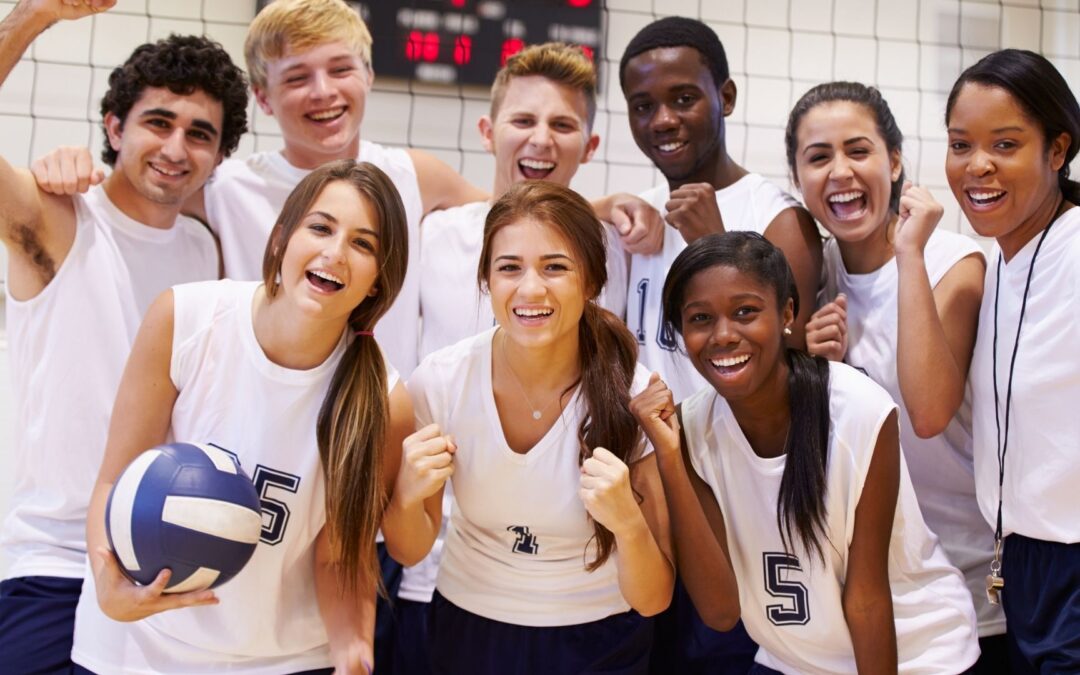Within our industry we all appreciate that physical activity is vitally important for child health, development, learning and the future of participation in sporting pathways for the next 20 years. So why are we lagging behind the rest of the world?
Since the inception of the Australian Physical Activity Report Card in 2014, our national and state surveillance data has continued to be poor with physical activity levels scoring a D-. According to the Active Healthy Kids Australia 2022 Report Card (Reboot! Reimagining Physical Active Lives! 2022) on physical activity for children and young people, we are not seeing any improvements. This is concerning if the Brisbane 2032 games is targeting our children who are currently 6 to 15 years old, to be our future Olympians and Paralympians.
The Report Card highlights the unique opportunity for sport, education, government and families to change our approach to energising more children and young people to be active, to play more and to participate in exercise, recreation and community sport. Failure to do so will not only impact success in Brisbane 2032, but more importantly will continue to see the increase impost on the communities burden of disease.
The case summary of the report card included:
- Overall Physical Activity; D-, only about one quarter of Australian children and young people are meeting national guidelines for their age
- Physical Fitness; D+, below global benchmarks for average fitness levels
- Government; C-, Government Policy reach and certainly we do not have a national approach
- Community and Engagement; A-, access is there in local communities, but not being used
- School; C+, less than one third of primary schools are scheduling sufficient curricular time for physical activity as mandated under state policies
- Active Transport; D+, only one third of children and young people travel to school using active transport for at least part of their journey
- Organised Sport, B-, around 2-3 of children and young people participate in organised sort (outside of school hours) at least once a week
- Family and Peers; C+, around half of children and young people report peer encouragement to be active
- Active Play; incomplete by Australia
- Screen Time; D-, has less than one third are meeting national guidelines for their age
There is a keynote that there is a lack of national and state/territory data for many of these indicators.
This report owned this year by the Australian Society for Physical Activity (ASPA) and headed up by Professor Kylie Hesketh, Chair Active Healthy Kids Australia Committee, ASPA; Institute of Physical Activity and Nutrition, Deakin University.
The National Sports & Physical Activity Convention sees this as critical for the future health of our country and has brought together key influencers and organisations on the two days to explore what needs to be completed to change our children’s activity levels. Some of the speakers include:
- Kylie Hesketh; Chair Active Healthy Kids Australia Committee Asia-Pacific Society for Physical Activity Institute for Physical Activity and Nutrition, Deakin University
- Sarah Loh; Executive Manager – Future Healthy Group, VicHealth
- Robyn Monro Miller; President of International Play Association and Board member, Play Australia
- Alison Oliver MBE; Chief Executive Officer, Youth Sport Trust (UK)
- Aidan Burns; Play Participation Officer, OUR Generation, PlayBoard (Northern Ireland)
- Scott McKenzie; Play System Lead, Sport New Zealand
- Kathryn Morley; Chief Executive Officer, OnSide (UK)
- Rayoni Nelson; Chief Executive Officer, School Sport Victoria, Department of Education and Training
- Claire Beattie; Executive Director, Asset Activations, School Infrastructure NSW, Department of Education
- Mel Crole; Chief Executive Officer, Junior Adventures Group
